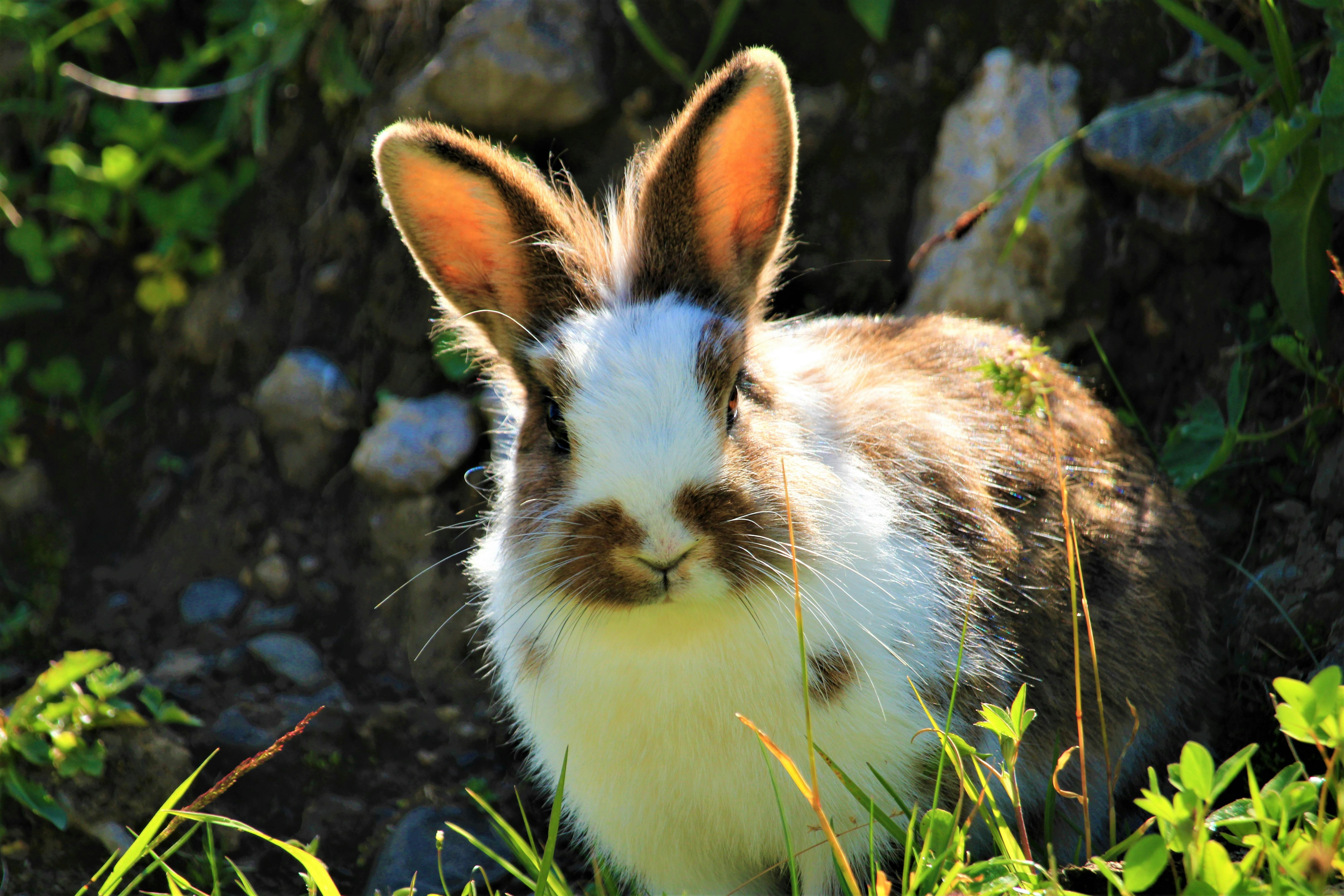A Chinese dwarf hamster is one of the dwarf hamsters that is usually kept as a pet. Its body is longer than that of other hamsters and its face is rather similar to that of a mouse. It also has a visible tail. Its feet are better able to grasp objects and it will conquer your heart when it wraps its paws around your finger, holding you like it is climbing through a corn broth.
Chinese dwarf hamsters are quite popular in the United Kingdom, but they are not that common in the United States. In fact, they are not allowed as pets in some states, like California. Hamsters of any kind are not allowed in Australia or New Zealand.
While the common name of this adorable animal is the Chinese hamster wave Chinese dwarf hamster, there is some confusion surrounding its scientific name. However, before we can discuss this further, we need to learn a little about the Linnaean Taxonomic System.
Statistics:
Country of origin: South China and Mongolia
Head and Body Length: 4 inches
Tail Length: 1 – 1 5/16 inches
Weight – 1 3 / 8-15 / 8 oz.
Useful life -1.5 – 3.0 years
Linnaeus’ taxonomic system
In the Linaean system, all life forms are grouped according to how closely they are genetically related. This makes perfect sense, except for one small problem … the technology to map the genetics, DNA and RNA, of any living being has only existed since the 20th century. All of the above was based on observation (or morphology, which is structure).
Now, it’s pretty easy to see that a salamander and a porcupine look different. They are different species. (Different classes, in fact) A dalmatian and a dachshund look different too, but they both belong to the same species: Canis lupus. The more closely related the animals are, the more difficult it can be to decide whether they are of the same species or of different species. It takes genetic mapping to know for sure … and even then, how different does genetics have to be?
Chinese dwarf hamster taxonomy
In the case of the Chinese dwarf hamster, from 1995, 3 species were defined: C. griseus, C. pseudogriseus, and C. barabensis. Since then, it has been agreed that C. barabensis exists; but there is no agreement on whether C. griseusand C. pseudogriseus are different from C. barabensis or they are subspecies of it. Therefore, it is more correct to call the animal C. barabensis. However, since C. griseus is used just as often to describe the animal by reputable breeders, using the name C. barabensis griseus What is probably the least questionable way to identify the animal that is being sold as a pet? the chinese dwarf hamster.
Color variations
Now that we have established the name of the animal, we can discuss the two color variations. The first is called normal or standard color. An animal with this color has an agouti-colored body with a dark stripe that runs from the nape to the tail. A second color variation is called a dominant spot. A Chinese hamster with this color is mostly white and has a gray coat. It also has a dark line that runs from the nape to the tail. Both color variations are seen in nature.

